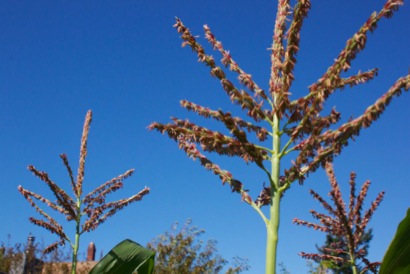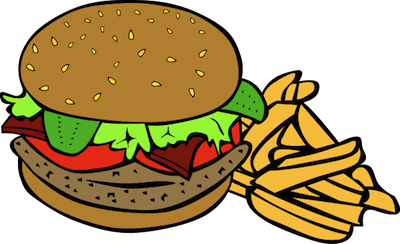Mapping Math in Gardens
18/08/11 12:37 Filed in: math
Pedagogy
Mathematics is an abstraction of nature. It allows us to represent complex thoughts, processes, and relationships through a fundamental and transferable language. It is in that representation and abstraction that has become such a burden for some learners. As teachers we see this when they question the real-life uses and relevancy of the problems they are being asked to solve. Some Math teachers have turned to physicalizing their problems by engaging the student in the measurement of stars, or the projectiles of potato guns. Gardens are also a way to connect students with math and this is done through mapping, planning, constructing, and ongoing management of that garden (Mazor, 2011; Moore & Deming, 2010). Of course, the students are learning mathematics in combination with various other disciplines. For instance, in the conservation of irrigation water, one must ascertain the quantity needed for effective watering, thus you measure the use of water over time. This not only allows you to practice complex questions of averages, standard deviation, and relational algebra, it also helps you understand relationships between water and the sun, water and the soil, and ultimately water and the plants.
Pedagogy Question: Why do we spend so much time practicing rote memorization in Math class when supporting open ended discovery can be said to help so much with deep learning? How might we provide alternatives to memorization in other physicalizations?
Mapping and Geometry (an activity to do with your students)

Ask your students to consider the plant sizes as well and look up where the sun will be over the course of the year. If you know you have shadier parts of the garden, perhaps shade-tolerant plants like beans can go there. There is even a mobile phone application that can tell you in real time where the sun will be at any time of the year: click here to read about it.
Activity Question: How might you measure where the sun will be on any given day without a mobile phone App?
blog comments powered by Disqus
